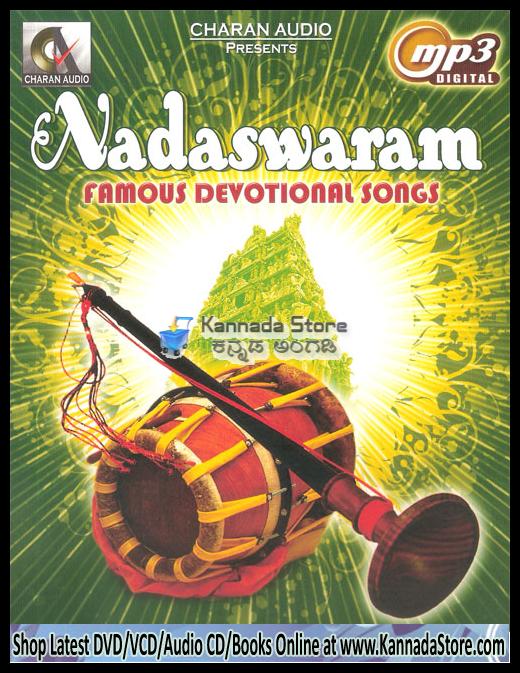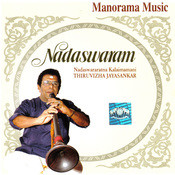
Sinhalese-majority and the Tamil minority, the latter blaming the causes of exploitation and deprivation.


In the fold of a unitary state, ethnic divisiveness resulted in a conflict between the. As a consequence, the two main communities functioned differently in terms of the linguistic pattern, religious order, norms and practices. Although the exact time when this ethnic divisiveness began is difficult to identify, its ancientness can be presumed. The major objective of this study is to examine the position and placement of parai mēlam music in Tamil culture in the context of changing modern society, what are the structural and cultural consensus for making auspiciousness and inauspiciousness, and how the music rhythms are created, performed, taught, preserved, sustained, and continued? Methodologically, ethnographic research methods including ethnomusicological perspectives and methods have been employed in this study. These factors vary in the context of caste, culture and religious, rituals which are key spheres of Jaffna Tamil culture. this performing art has become a diminishing culture due to various factors.

In world drum tradition, parai mēlam music tradition has a long historical explanation, but unfortunately. This is an area which is worthy of scrutiny with regard to its emergence, development, uniqueness, position, performance, changes and continuity. Parai mēlam (a double-headed cylindrical drum played with two sticks) music occupies a significant position in Jaffna Tamil culture, Sri Lanka. La memoire sociale de Rajarattinam Pillai s'inscrit ainsi dans les enjeux de pouvoir de la musique classique de l'Inde du Sud, et dans les relations interdependantes et conflictuelles entre les brahmanes et les non-brahmanes d'une part, et entre les groupes non-brahmans de l'autre. Il montre comment les interpretations differenciees de la vie et de l'oeuvre musicale de Rajarattinam Pillai, par les brahmanes et par les Isai Vēlālars, les deux castes les plus importantes engagees dans la musique classique, ont contribue a definir et a legitimer l'identite des traditions musicales respectives.

montre comment, en raison de son charisme, Rajarattinam Pillai fut egalement situe a la jonction des rivalites entre les differentes castes dans les traditions musicales de l'Inde du Sud : la musique karnatak et la musique periya mēlam. Rajarattinam Pillai (1898-1956) fut un maitre inconteste du nāgasvaram (un aerophone a double anche) dans la musique classique de l'Inde du Sud.


 0 kommentar(er)
0 kommentar(er)
